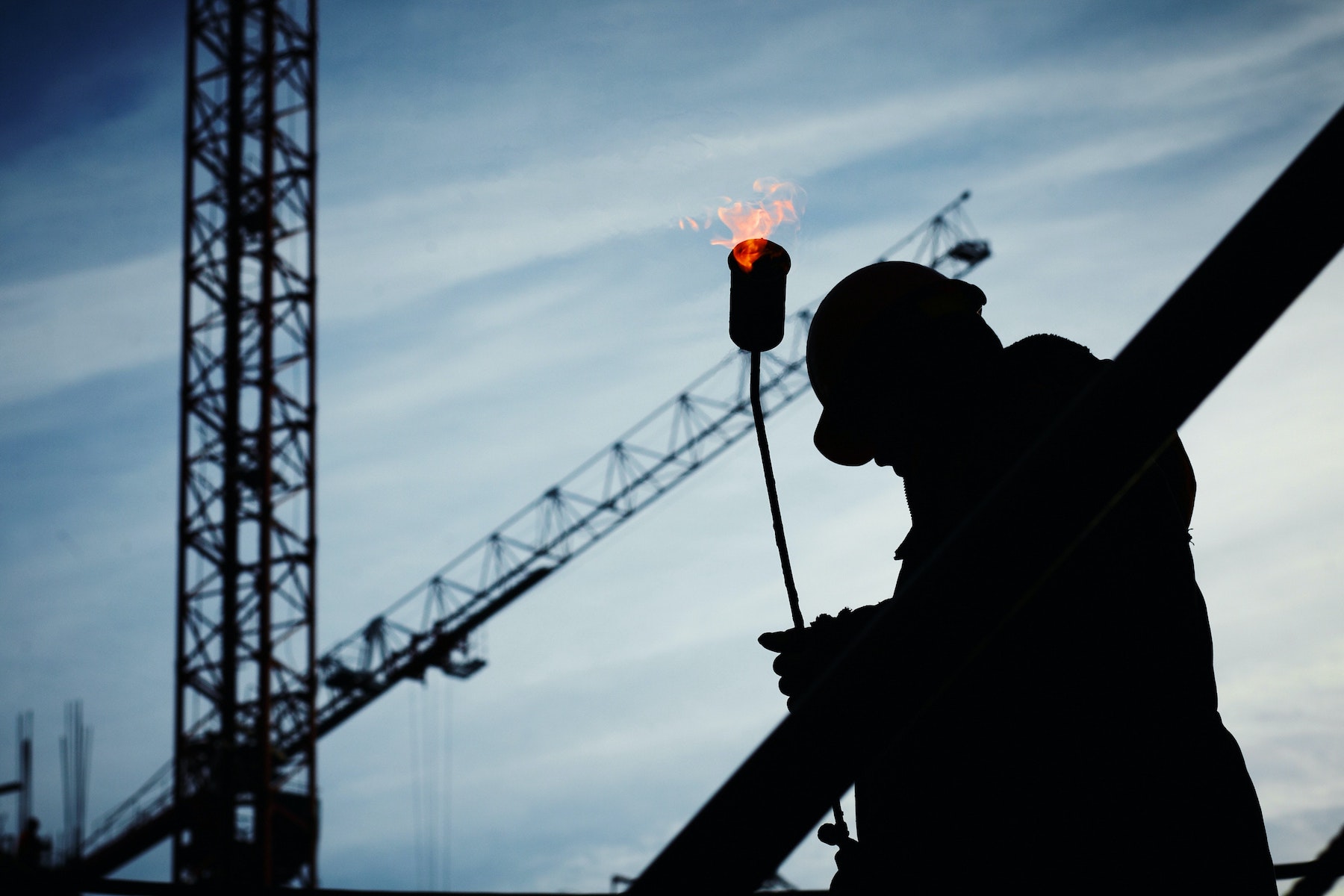New Buildings Institute (NBI) has released the Existing Building Decarbonization Code. NBI bills the document as “a new way for jurisdictions to reduce carbon emissions and meet climate action plan goals and interconnected goals around public health and equity.”
New construction represents less than 2% of building activity in any given year, NBI says, “leaving a vast opportunity to update technologies in the current building stock. By requiring existing buildings to be more energy efficient, cities could cut about 30% of all urban emissions by 2050.”
NBI’s released the Building Decarbonization Code—the first off-the-shelf solution for jurisdictions to transform energy codes into decarbonization codes for new buildings—in February 2020. Expanding on that platform, the Existing Building Decarbonization Code adds provisions for existing buildings covering both residential and commercial buildings, including all-electric and mix-fuel energy use pathways.
The new code provisions have been crafted to match reasonable and effective decarbonization strategies with replacement events. The code outlines strategies to pair key opportunities to decarbonize—including change of occupancy, additions, and alterations—with additional efficiency measures.
The Existing Building Decarbonization Code also incorporates trigger events and solutions for the inclusion of grid integration measures including renewable energy production, electric vehicles, and battery storage.
Related Stories
| Aug 4, 2022
Newer materials for green, resilient building complicate insurance underwriting
Insurers can’t look to years of testing on emerging technology to assess risk.
Sustainability | Aug 4, 2022
To reduce disease and fight climate change, design buildings that breathe
Healthy air quality in buildings improves cognitive function and combats the spread of disease, but its implications for carbon reduction are perhaps the most important benefit.
Multifamily Housing | Aug 4, 2022
Faculty housing: A powerful recruitment tool for universities
Recruitment is a growing issue for employers located in areas with a diminishing inventory of affordable housing.
Multifamily Housing | Aug 3, 2022
7 tips for designing fitness studios in multifamily housing developments
Cortland’s Karl Smith, aka “Dr Fitness,” offers advice on how to design and operate new and renovated gyms in apartment communities.
Building Materials | Aug 3, 2022
Shawmut CEO Les Hiscoe on coping with a shaky supply chain in construction
BD+C's John Caulfield interviews Les Hiscoe, CEO of Shawmut Design and Construction, about how his firm keeps projects on schedule and budget in the face of shortages, delays, and price volatility.
Codes and Standards | Aug 3, 2022
Some climate models underestimate risk of future floods
Commonly used climate models may be significantly underestimating the risk of floods this century, according to a new study by Yale researchers.
| Aug 3, 2022
Designing learning environments to support the future of equitable health care
While the shortage of rural health care practitioners was a concern before the COVID-19 pandemic, the public health crisis has highlighted the importance of health equity in the United States and the desperate need for practitioners help meet the needs of patients in vulnerable rural communities.
Reconstruction & Renovation | Aug 3, 2022
Chicago proposes three options for Soldier Field renovation including domed stadium
The City of Chicago recently announced design concepts for renovations to Soldier Field, the home of the NFL’s Chicago Bears.
Codes and Standards | Aug 2, 2022
New tools help LEED projects reach health goals
The U.S. Green Building Council now offers tools to support the LEED Integrative Process for Health Promotion (IPHP) pilot credit.
Market Data | Aug 2, 2022
Nonresidential construction spending falls 0.5% in June, says ABC
National nonresidential construction spending was down by 0.5% in June, according to an Associated Builders and Contractors analysis of data published today by the U.S. Census Bureau.

















